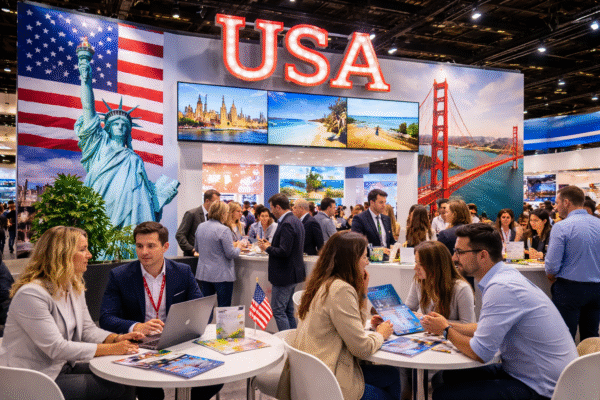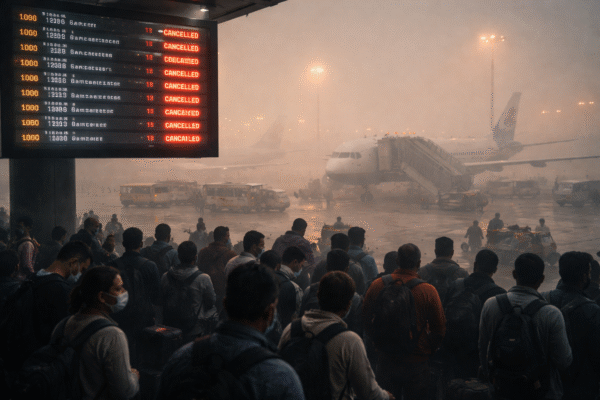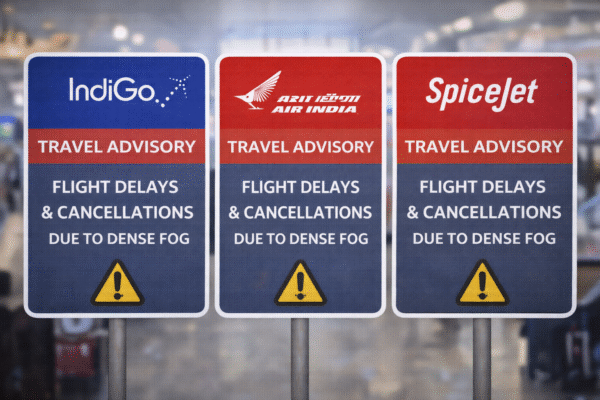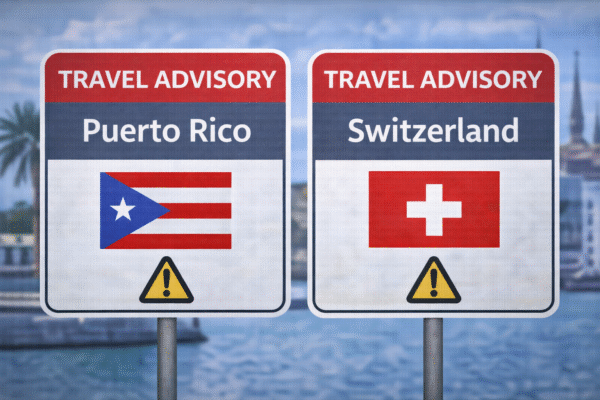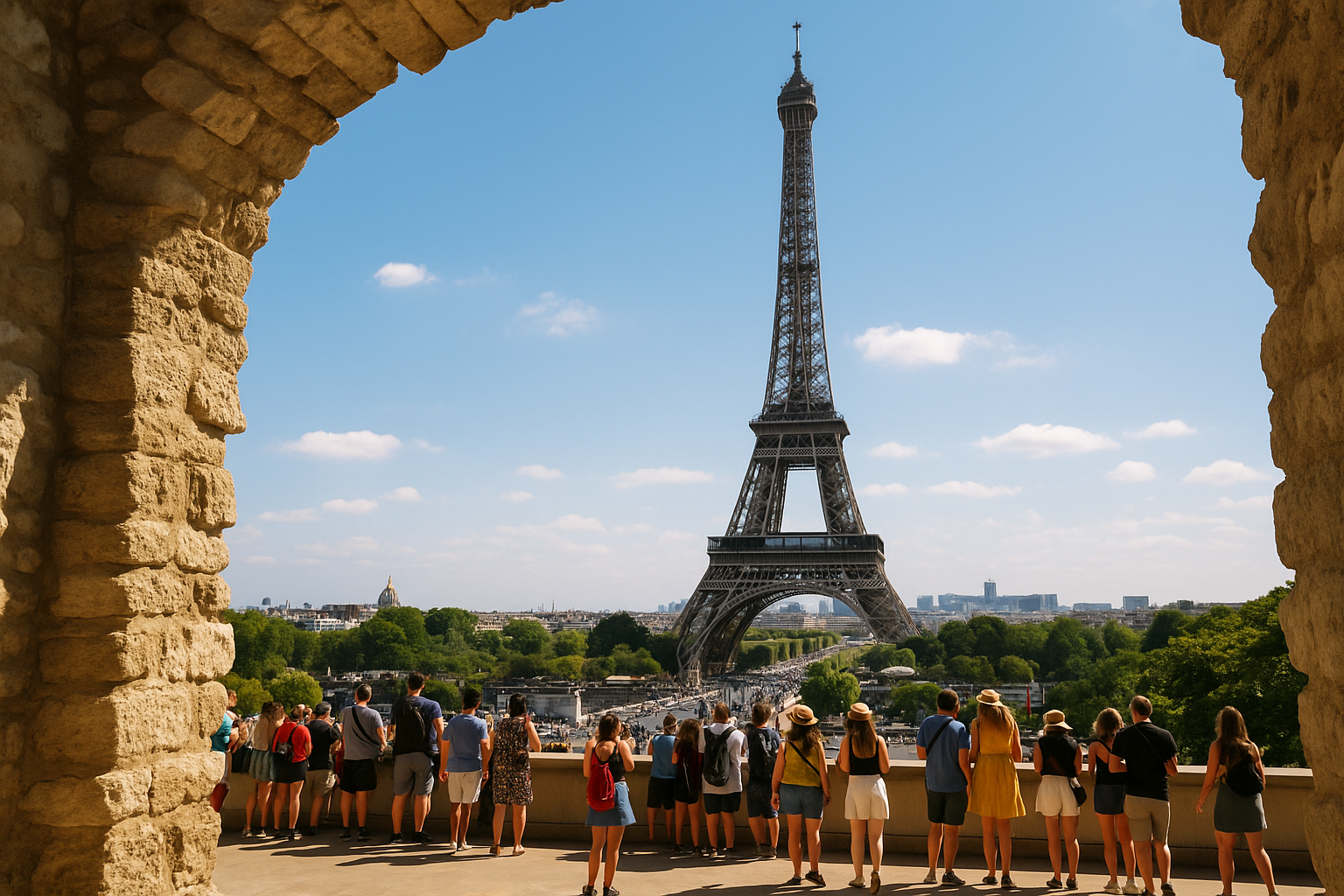As peak summer travel hits its stride in July 2025, Europe has firmly reasserted its position as the world’s most preferred destination for global holidaymakers. Simultaneously, the United States is witnessing a notable slump in international arrivals, particularly from Europe, with July bookings down by 13% compared to 2024.
This contrasting dynamic highlights shifting traveler priorities amid mounting global uncertainties. Tourists across Asia, the Middle East, and Europe are flocking to the cultural capitals and seaside resorts of France, Spain, Italy, and Greece, drawn by affordability, perceived safety, and a wide range of attractions.
Meanwhile, transatlantic travel to the U.S. is in retreat. Aviation industry data indicates a sustained decline in long-haul bookings to American cities like New York, Miami, and Los Angeles, prompted by elevated costs, complex entry policies, and broader political unease.
Europe Sees Surge in Arrivals Across the Continent
From Paris and Rome to Dubrovnik and Lisbon, Europe is experiencing a post-pandemic tourism boom. European airports, including Heathrow, Charles de Gaulle, and Frankfurt, are reporting record traffic. The Mediterranean coastline is alive with activity, and cultural landmarks are welcoming a growing wave of international visitors, particularly from China and the Gulf Cooperation Council (GCC) region.
The French government has projected a record-setting year in international tourism, with Paris alone expected to exceed pre-pandemic arrival figures. The Eiffel Tower, Louvre Museum, and Champs-Élysées are drawing dense crowds, while the Côte d’Azur and rural Provence are seeing a swell in regional travel driven by urban overflow.
Greece, Spain, and Italy are similarly thriving. According to the European Travel Commission (ETC), bookings for Mediterranean coastal cities have surpassed 2024 levels by 18%, with new infrastructure investments and festival calendars adding to their appeal.
Transatlantic Travel to the U.S. Declines Sharply
In stark contrast, the United States is grappling with a significant downturn in inbound European tourism. Data released by ForwardKeys, a global travel analytics firm, reveals that air bookings from Europe to the U.S. dropped 13% in July 2025 year-on-year. Travel hesitancy is largely attributed to security-related anxieties, policy rigidity, and high travel expenses.
Frequent changes in immigration protocols, extensive airport screening processes, and a general sense of political volatility have contributed to a shift in perception. Leisure travelers increasingly view the U.S. as complex and costly, especially when compared to the relative ease and value offered by intra-European travel or trips to destinations in Asia and North Africa.
Airlines Slash Fares to Revive Demand
European carriers have responded with aggressive discounting. Lufthansa, British Airways, and Air France have rolled out up to 40% discounts on U.S.-bound roundtrips from cities like Frankfurt, London, and Paris. Bundled vacation deals combining flights and hotels have also been introduced in a bid to re-energise demand.
However, even these measures have not fully counteracted the slowdown. Airlines are now reconsidering their transatlantic schedules, with some routes seeing reduced frequencies or downgraded aircraft types. Conversely, intra-European and Asia-bound services remain strong, with increased flight frequencies and new seasonal routes to destinations like Tokyo, Seoul, and Bangkok.
Asian Travelers Fuel Europe’s Tourism Boom
A key driver behind Europe’s resurgence is the steady return of high-value Asian tourists, particularly from China, Japan, and South Korea. According to a June 2025 ETC survey, 72% of Chinese respondents planned to travel to Europe this summer—a significant rebound from pandemic-era lows.
Interestingly, while arrivals are up, per-person daily spending is shifting. The number of travelers spending over $230 per day has fallen by 11% compared to 2024, indicating rising price sensitivity. As a result, hospitality providers across Europe are adapting their strategies—offering budget-friendly tour options, multilingual services, and experience-driven packages that align with changing preferences.
France Retains Global Tourism Crown
France continues to dominate the global tourism landscape, welcoming nearly 90 million international visitors annually. Paris leads the charge, but the appeal of regional gems like Normandy, Alsace, and the French Alps cannot be understated. The French Ministry for Europe and Foreign Affairs attributes this growth to robust infrastructure, safety, and a well-balanced tourism economy.
The 2025 calendar of events, including international music festivals, major exhibitions at the Musée d’Orsay, and regional wine fairs, has further cemented France’s top-tier status.
Sustainability and Infrastructure Challenges Mount
Yet, the tourism success story is not without its complications. Many European cities are now facing capacity issues. Cities such as Venice and Amsterdam are implementing caps on tourist numbers, regulating short-term rentals, and encouraging sustainable practices.
Increased footfall has raised concerns about overtourism, particularly in smaller heritage towns and ecologically fragile coastal zones. National tourism boards are urging visitors to explore off-the-beaten-path destinations and are investing in decentralised tourism campaigns to ease the burden on hotspot cities.
Forecast: Europe to Retain Momentum Through Late 2025
Industry analysts anticipate that Europe will maintain its travel momentum through the latter half of 2025 and into 2026. Mild autumn weather, accessible travel regulations within the Schengen Area, and diversified offerings—from luxury retreats to backpacking trails—make Europe a top contender for continued tourism growth.
Meanwhile, unless the United States addresses international perceptions around safety, policy barriers, and value for money, it may continue to face diminishing interest among European leisure travelers.
Conclusion
Summer 2025 paints a clear picture: Europe is basking in a tourism renaissance driven by cultural richness, improved infrastructure, and global traveler confidence. In contrast, the United States is facing a critical moment of reflection as arrivals decline, highlighting the need for strategic reforms in tourism policy, international relations, and visitor engagement.
For more travel news like this, keep reading Global Travel Wire

